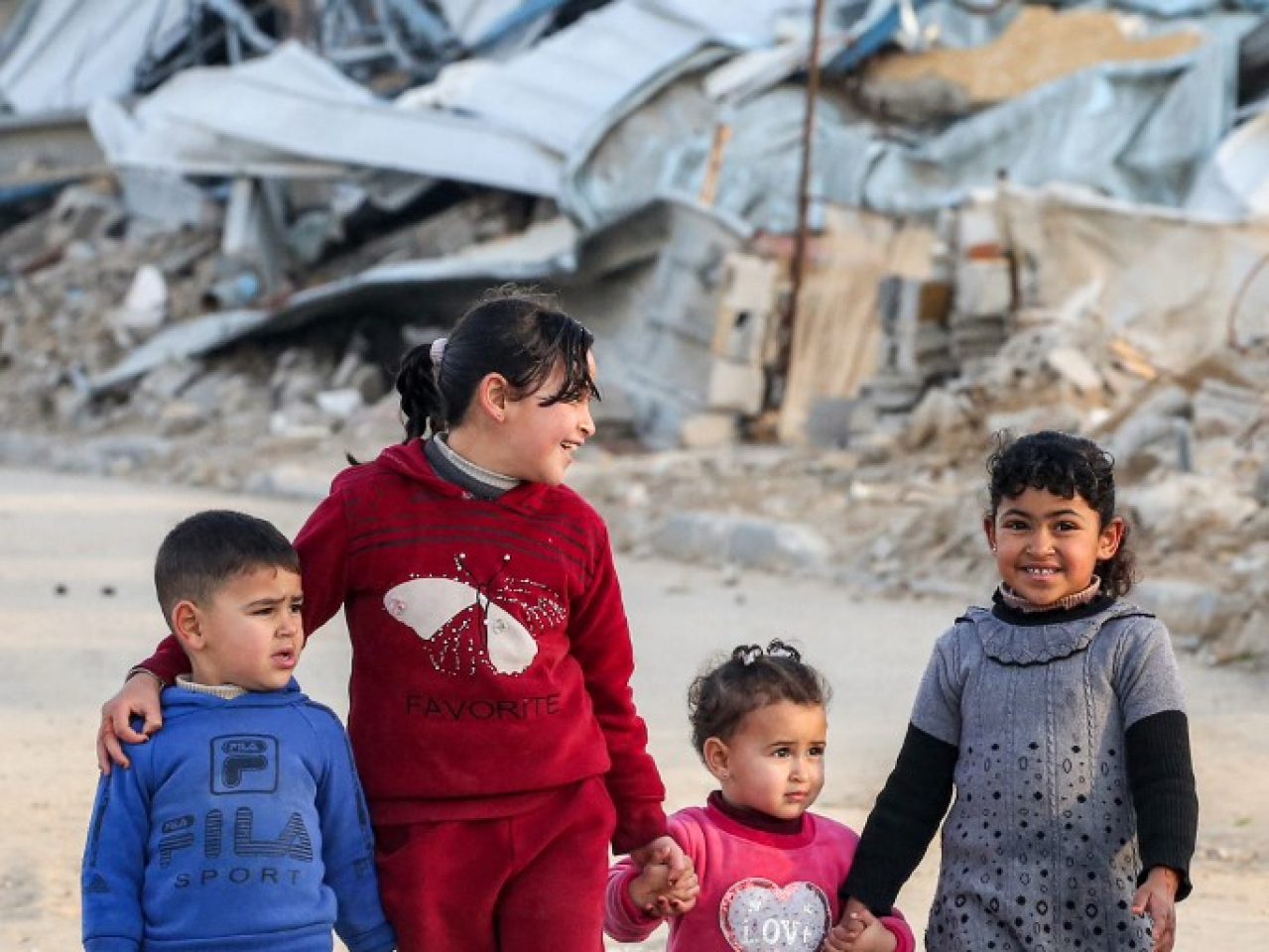
A ceasefire between Israel and Hamas is scheduled to commence on Sunday at 8:30 a.m. local time, following extensive negotiations mediated by Qatar, Egypt, and the United States. This truce aims to halt 15 months of hostilities in the Gaza Strip and facilitate the release of hostages.
The Israeli cabinet has approved a comprehensive agreement involving a three-phase plan. In the initial phase, 33 Israeli hostages and several foreign captives held by Hamas will be exchanged for 737 Palestinian prisoners detained in Israel. The first group of 95 Palestinian detainees, including prominent figures and minors, is set to be released on Sunday.
Despite the impending ceasefire, tensions remain high. Shortly after the agreement, sirens and explosions were reported in Jerusalem due to a projectile launched by Yemen’s Houthi rebels, highlighting ongoing regional instability. Additionally, Israeli Prime Minister Benjamin Netanyahu has delayed the ceasefire’s implementation until Hamas provides a list of hostages to be released, emphasizing that Israel will not tolerate any violations of the agreement.

The humanitarian situation in Gaza is dire, with over 46,000 Palestinian deaths reported and massive displacement due to the conflict. The ceasefire is expected to allow a surge in humanitarian aid, with plans for 600 aid trucks to enter Gaza daily through the Rafah crossing. However, the agreement is considered fragile, and subsequent phases addressing military withdrawals and further prisoner releases will require additional negotiations.
As the ceasefire approaches, families of hostages and displaced Palestinians express cautious optimism, hoping for reunification and a respite from the prolonged conflict. Nonetheless, skepticism about the truce’s durability persists among Palestinians, given the history of previous agreements falling through.

GIPHY App Key not set. Please check settings